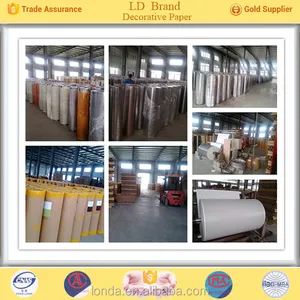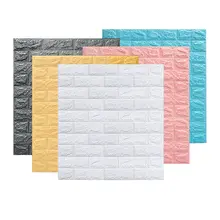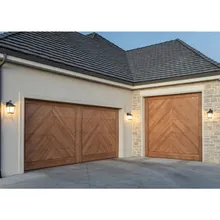Kitchen Backsplash Sheets: An Overview
Kitchen backsplash sheets are a pivotal element in modern kitchen design, offering both aesthetic appeal and functional benefits. These sheets serve as a protective layer, shielding walls from splatters and stains that occur during cooking. With a myriad of materials and styles available, they cater to diverse tastes and practical requirements.
Types and Materials
The variety of materials for kitchen tile sheets includes glass, ceramic, porcelain, stone, and innovative options like stainless steel sheet backsplash and laminate sheet backsplash. Each material offers unique textures and colors, with glass providing a glossy finish and stone offering a rugged, natural appeal. Stainless steel sheet metal backsplash is prized for its sleek look and ease of cleaning, while laminate options present a cost-effective and versatile choice.
Design and Application
Design-wise, backsplash sheets can dramatically alter the look of a kitchen. From the reflective elegance of a glass sheet backsplash to the intricate patterns of mosaic tile sheets, the design possibilities are endless. Tile sheets for backsplash are not just limited to kitchens but can also be used in bathrooms and other areas requiring moisture resistance.
Features and Advantages
One of the main features of backsplash sheets is their ease of installation. Options like self adhesive tiles kitchen applications simplify the process, allowing for quick and clean updates. The durability of materials like porcelain and stone makes them long-lasting choices, while the non-porous nature of materials like glass and stainless steel ensures hygiene and ease of maintenance.
Selection Considerations
When selecting a kitchen backsplash, consider the environment it will inhabit. Moisture-rich areas benefit from non-porous materials like vinyl kitchen wall tiles, whereas cooking zones might require the heat resistance of a copper sheet backsplash. The choice should balance practicality with the desired aesthetic, ensuring that the backsplash serves as a focal point while standing up to the rigors of kitchen use.
Environmental and Aesthetic Impact
Lastly, the environmental impact of materials should be considered. Many consumers seek sustainable options, such as recycled glass or eco-friendly adhesives. Aesthetically, the backsplash should complement the kitchen's overall theme, whether it's a traditional look with ceramic mosaic tiles or a contemporary style with a stainless sheet backsplash.












































 浙公网安备 33010002000092号
浙公网安备 33010002000092号 浙B2-20120091-4
浙B2-20120091-4